
Organized by: Mitsubishi Ichigokan Museum, Tokyo
Supported by: Ambassade de France au Japon, Institut français du Japon
Sponsored by: Dai Nippon Printing Co., Ltd.
In Cooperation with: JAPAN AIRLINES, YAMATO TRANSPORT CO., LTD.



Exhibition Overview
The Mitsubishi Ichigokan Museum, Tokyo (MIMT) opened in April 2010 and held 40 exhibitions before entering an extended closure for building maintenance in April 2023. This iconic landmark in Tokyo’s Marunouchi district will reopen on November 23, 2024, drawing on its activities to date to present more captivating exhibitions that bring people together on a voyage of discussion and discovery.
Museums must constantly revisit their activities to reflect changing social needs. Believing that one of the best means of achieving this is to borrow the aesthetic of artists closely attuned to the times, MIMT invited leading contemporary French artist Sophie Calle (1953–) to participate in an exhibition entitled “1894 Visions: Odilon Redon and Henri de Toulouse-Lautrec,” planned for 2020 as part of MIMT’s 10th anniversary celebrations. The COVID-19 pandemic, however, forced Calle to cancel her Japan visit, and we had to shelve this collaboration with a contemporary artist until the museum reopened.
MIMT’s first exhibition on reopening, entitled “Commemorative Reopening Exhibition: Absences—Toulouse-Lautrec & Sophie Calle, will again showcase works by Henri de Toulouse-Lautrec (1864–1901) from MIMT’s own collection, which play a central part in the museum’s exhibition activities. By inviting Sophie Calle to collaborate in the exhibition, we aim to introduce a new perspective on MIMT’s museum activities which will contribute to our future development.
Having spent many years reflecting on loss and absence, Calle suggested “absence” as the main theme of the collaboration. As it happens, Toulouse-Lautrec once made an intriguing observation on the obverse of absence—namely, existence:
“Only the human figure exists; landscape is, and should be, no more than an accessory…”
Uttered during an 1897 trip in response to a companion’s admiration of the Amboise landscape, these words epitomize a life spent gazing deep into the souls of his fellow human beings to investigate the very nature of existence in his works.
Now, both Lautrec and his subjects are absent; only the works themselves exist. Calle’s proposed theme of “absence” offers the opportunity to explore the existence of exhibitions and museum activities in which the original parties have no agency.
Outline
- Title
- Commemorative Reopening Exhibition: Absences ー Toulouse-Lautrec & Sophie Calle
- Dates
- Sat., November 23 ー Sun., January 26, 2025
- Hours
-
10:00 to 18:00
[-20:00 on Fridays, the second Wednesday of the month and from January 20 (Mon.) to 24 (Fri.)]
*Last admission is 30 minutes prior to closing time
*Please check the museum’s website (https://mimt.jp) and SNS for the opening hours during the year-end and New Year's holidays.
- Closed
-
Mondays, December 31 and January 1 [except November 25, December 30, January 13 and January 20]
- Venue
- Mitsubishi Ichigokan Museum, Tokyo
- Admission fees
-
- Adult
- ¥2,300
- University students
- ¥1,300
- High school students
- ¥1,000
- Elementary and Junior High school students
- FREE
- Organized by
-
Mitsubishi Ichigokan Museum, Tokyo
- Supported by
-
Ambassade de France au Japon, Institut français du Japon
![]()
- Sponsored by
- Dai Nippon Printing Co., Ltd.
- In Cooperation with
- JAPAN AIRLINES, YAMATO TRANSPORT CO., LTD.
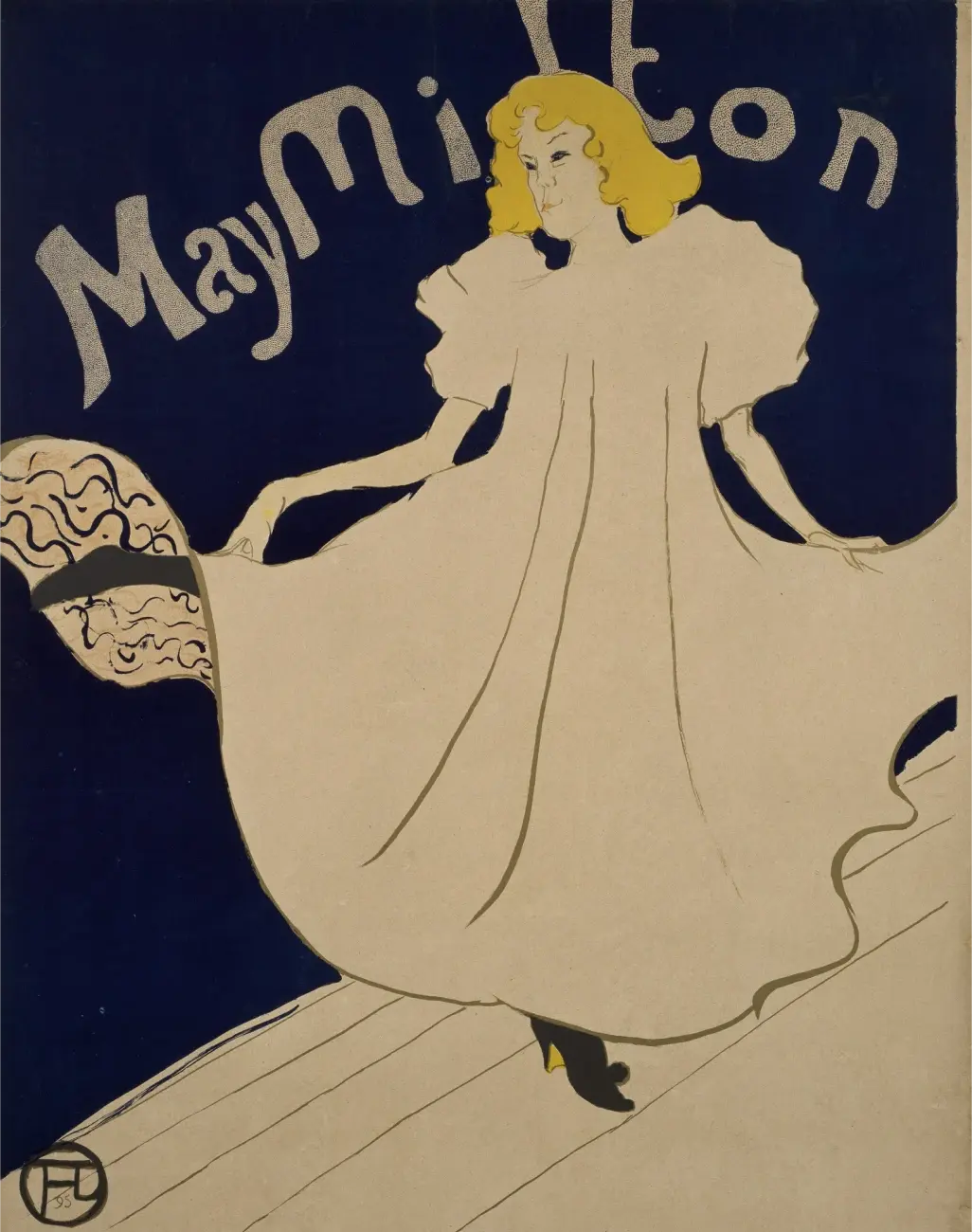
Toulouse-Lautrec
Toulouse-Lautrec
Born in 1864 into a distinguished aristocratic family that traced its roots to medieval times, Henri de Toulouse-Lautrec (1864-1901) struck success in 1891 with his first poster, Moulin Rouge, La Goulue. He left behind a large number of diverse prints and oil paintings created using lithographic techniques that he learned in the course of producing posters. However, he is remembered almost exclusively as a poster artist. Even after his death, French national and public museums did not accept his oil paintings. During the period of Lautrec’s “absence” from art history, the person most responsible for paving the way to the worldwide appreciation of Lautrec’s entire artistic output was his friend and art dealer Maurice Joyant (1864-1930). Working with Lautrec’s family, he was instrumental both in donating Lautrec’s prints to the Bibliothèque nationale de France in 1902 and in the opening the Musée Toulouse-Lautrec in Albi in 1922.
The collection of works by Toulouse-Lautrec held by the Mitsubishi Ichigokan Museum, Tokyo (MIMT) features 32 posters from the Maurice Joyant Collection, which has preserved the artist’s legacy, including different versions of the same poster. It also comprises major lithographic prints, such as two impressions of Miss Loïe Fuller (1893), and a collection of representative prints including Le Café Concert (1893), produced in collaboration with Henri-Gabriel Ibels (1867–1914), and Elles (1897). The 136 prints on show in this exhibition include all of these works along with 11 pieces on loan from the Bibliothèque nationale de France. We hope that the exhibition challenges us to reconsider the works of Lautrec, the great chronicler of his times, from the perspective of absence and its flip side, presence.
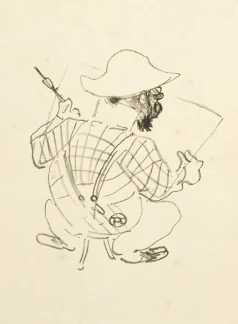
- Profile
- Born in Albi in the southern of France in 1864, Henri de Toulouse-Lautrec loved drawing from an early age. In May 1878, he had the misfortune to fall off a chair and fracture his left femur, and the following August he fell into a ditch and broke his right femur and during his long recuperation, he aspired to become a painter after an experience of immersing himself in the production of drawings. He studied under the animal painter René Princeteau, who was an acquaintance of his parents, and through Princeteau's introduction he studied under the academic painter Léon Bonnat and then Fernand Cormon, acquiring traditional painting and drawing techniques. During this period, through encounters with Emile Bernard and Vincent van Gogh, he participated in Salon des Indépendants, organized by avant-garde artists. He actively exhibited not only paintings but also posters, which at the time could not be regarded in the same league. He was regarded as a leading innovator of poster art for his innovative expression, but died prematurely in 1901 at the age of 36.
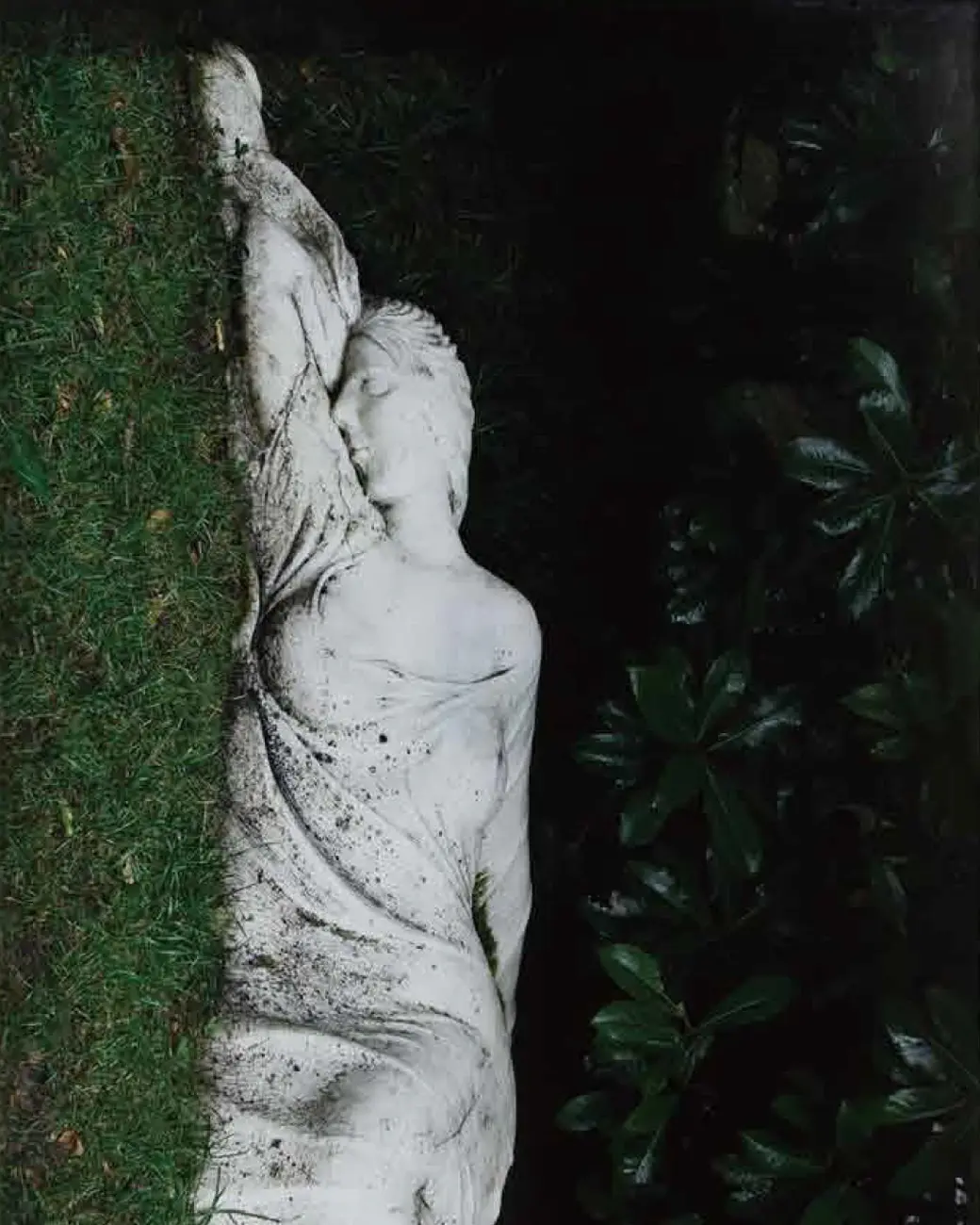
FR: Aujourd'hui ma mère est mort (série Autobiographies )
Installation photo : Claire Dorn, courtesy of the artist and Perrotin ©Sophie Calle /©ADAGP, Paris & JASPAR, Tokyo, 2024 G3622
Sophie Calle
Sophie Calle
In 2020, the COVID-19 pandemic forced the Mitsubishi Ichigokan Museum, Tokyo (MIMT) to cancel a collaborative exhibition with leading contemporary French artist Sophie Calle—a poignant absence. Four years later, the show will finally go ahead.
Since she began her creative endeavors in 1979, Calle has produced numerous works combining text, photographs, video, and other media, like True Stories (1994), which gathers a series of short autobiographical texts and photos, and Exquisite Pain (1999), which scrutinizes Calle’s own experience of heartbreak and recovery. In the series Blind (1986) and Last Seen (2010), she explores what it means to see, leading into an examination of vision and perception, loss and absence—matters that lie at the very foundation of art. Taking Calle herself and her connections with others as their motifs, the artist’s bold and enigmatic works blur the boundary between fact and fiction. Always full of surprises, they leave a powerful impression on viewers’ hearts and minds.
Addressing the theme of ‘absence’—which indeed runs through many of Calle’s works—this exhibition showcases works from major series combining text and photographs, such as Autobiographies, which relates to the deaths of herself and her family, and Because, in which curtains embroidered with writing are lifted up to reveal photographs hidden behind them. Visitors will have the opportunity to experience the diversity of Calle’s creative endeavors in works such as What Do You See?(2013), prompted by the theft of several art works from a museum, and Picassos in lockdown(2013) , invoking the absence of Picasso (and his works), as well as the haunting In Memory of Frank Gehry’s Flowers(2014)and Voir la mer(2011).
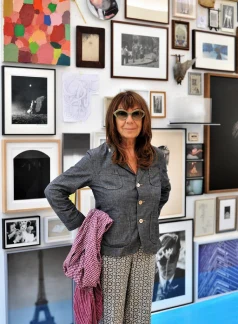
- Profile
- Born 1953, in Paris. For seven years, from her late teens, she travelled far and wide, returning to Paris at the age of 26. It was only at this time that she began her creative endeavors. She started showing her work at exhibitions in 1980. Eventually, she held solo exhibitions at major art venues all around the world, including London’s Tate (1998), and the Centre Pompidou in Paris (2003). She represented France for French Pavilion at the 52nd Venice Biennale (2007). Her shows in Japan have included Exquisite Pain at Hara Museum (1999) and a solo show at the Toyota Municipal Museum of Art (2003). In addition, her video work Voir la mer (Seeing the Sea) (2011) was projected for street viewing at Tokyo’s Shibuya Scramble Crossing in 2019. In autumn 2023, she will hold a solo exhibition at the Musée Picasso Paris. She is the author of True Stories (Actes Sud, 1994 / Hontouno-hanashi (in Japanese ) Translated by Kan Nozaki, Heibonsha, 1999).
Information
See All the ArticlesAccess
- From Main Stations
-
- Five min. from the Marunouchi South Exit of JR Tokyo Station
- Six min. from the Tokyo International Forum Exit of JR Yurakucho Station
- Three min. from Exit 1 of Nijubashimae<Marunouchi> Station on the Chiyoda Line of the Tokyo Metro.
- Six min. from Exit D3 or D5 of Yurakucho Station on the Yurakucho Line of the Tokyo Metro.
- Three min. from Exit B7 of Hibiya Station on the Mita Line of the Tokyo Metro.
- Six min. from Exit of Tokyo Station on the Marunouchi Line of Tokyo Metro.
(Connected to underground passageways)
- From Haneda Airport
-
- Take the Tokyo Monorail. Change at Hamamatsucho Station (25 min.) to the JR and get off at Tokyo Station (6 min.)
- Take the Keihinkyuko. Change at Shinagawa Station (21 min.) to the JR and get off at Tokyo Station (11 min.)
- From Narita Airport
-
- Take the JR Narita Express and get off at Tokyo Station (62 min.)
- Take the Keisei Skyliner. Change at Nippori Station (59 min.) to the JR and get off at Tokyo station (11min.)


